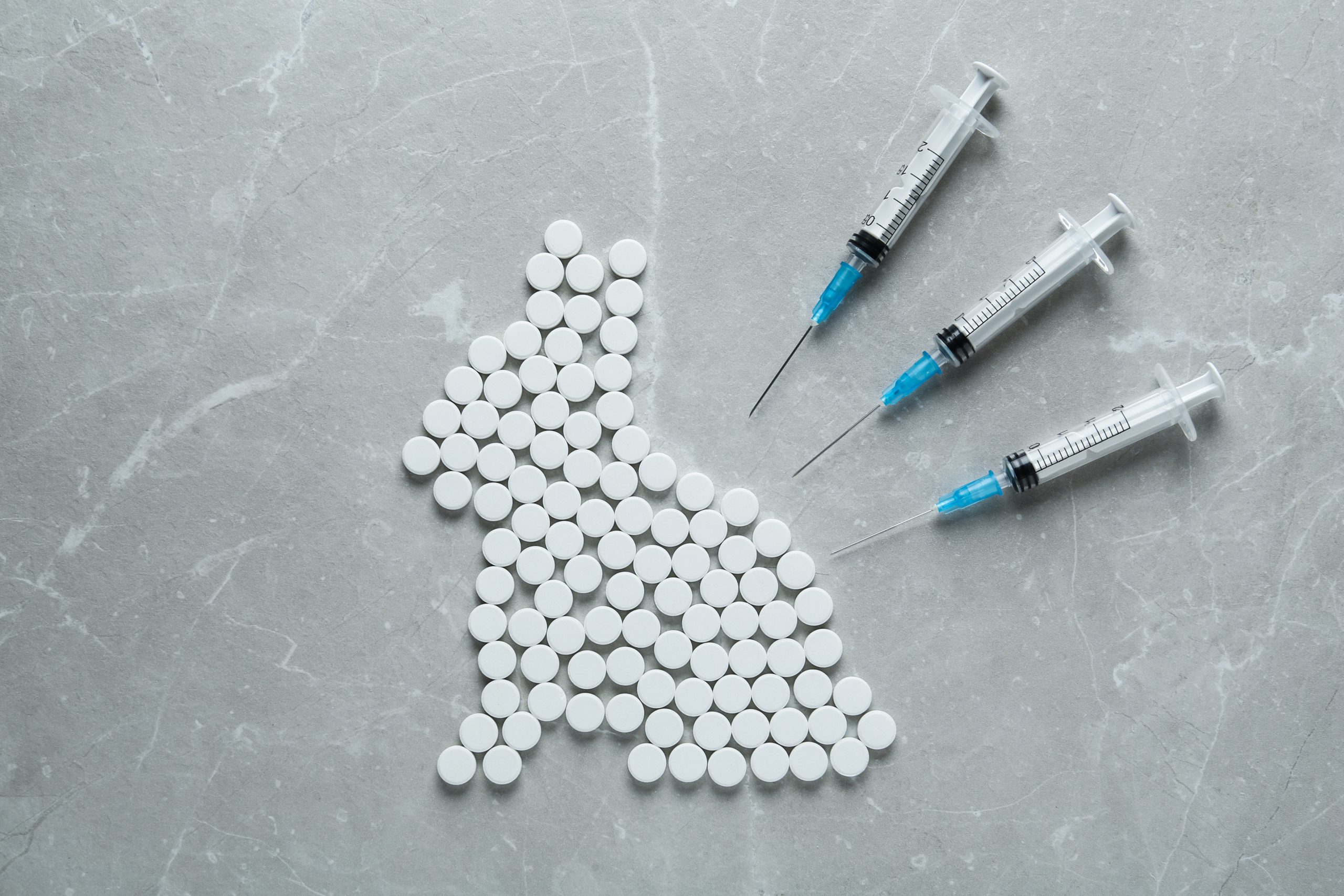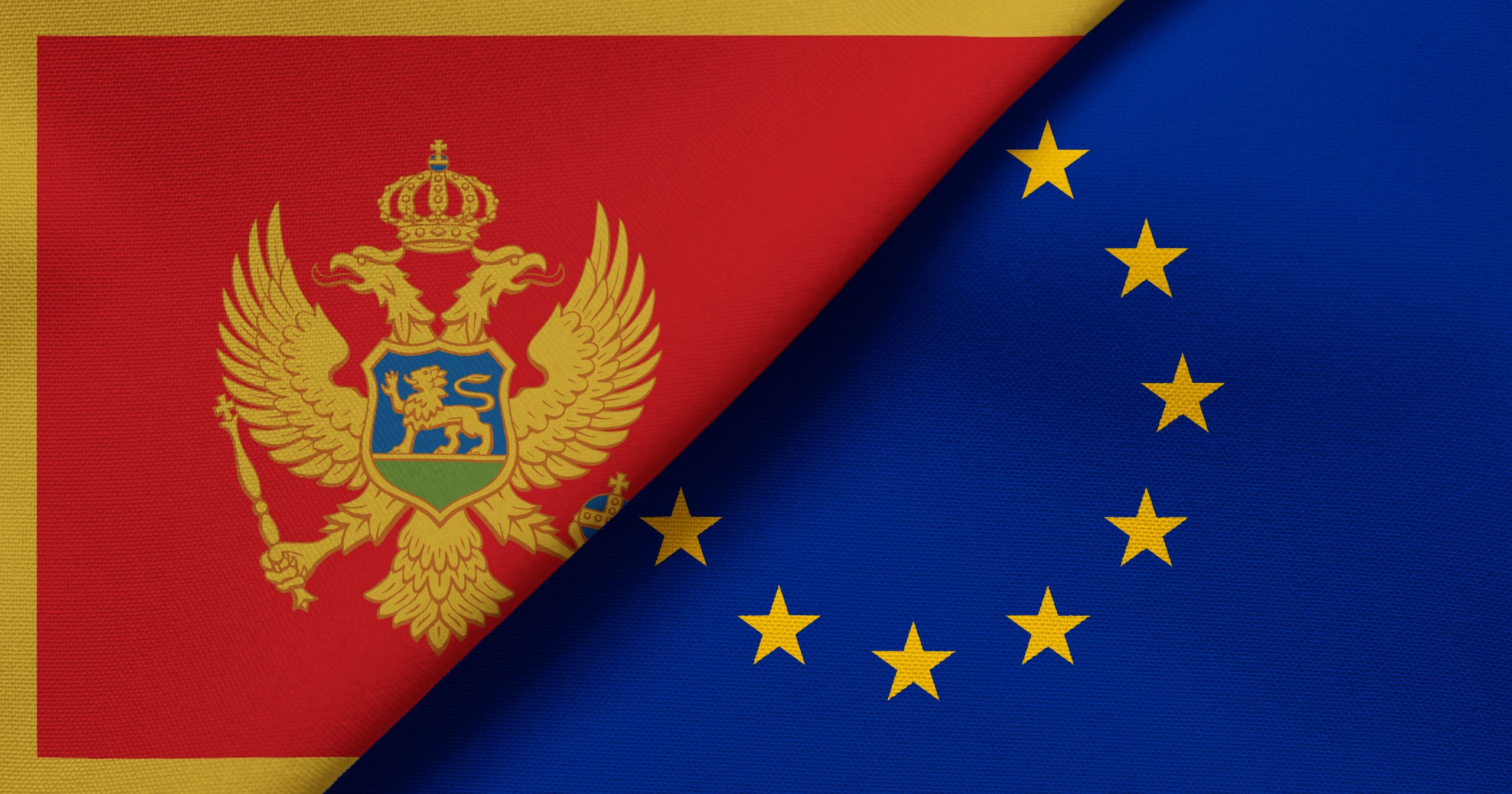Your hard work has paid off. Your breakthrough medical technology idea is off the ground, and you are now planning to share information about it in another language. Whether you are developing your first prototype, or gearing up to take your innovation to the market, getting your content translated may at first seem like yet another obstacle on your journey to the end-user. But done right, your medical device translation project can accelerate your success. So, how can you prepare your content for translation to ensure the best possible outcome, as well as the most efficient use of your budget?
In this article you will discover the steps to take to get your files ready for a successful medical device translation project.
Just like product development, translation is a creative process that requires collaboration. Working together with your translation provider will lead to a better outcome and greater efficiency. This especially applies to complex technical translation projects that can present unique linguistic challenges. To help you get the most from your medical device translation project, here are the important factors to consider:
Checklist for your medical device translation project:
- Is the original text well written and structured?
To use the infamous computer science principle of “garbage in, garbage out”, incorrect or poor input will always produce faulty output. Badly structured sentences, incoherence, factual errors, incorrect or inconsistently used terminology and ambiguous meaning will all make it more difficult (sometimes even impossible) for the translation team to recreate your text well in the foreign language. Technical writing is a professional skill, so for user-facing, mission-critical content, consider working with a technical copywriter or reviewer. Getting it right from the start will give your medical device translation project the best chance of success.
- Is this the final version of the document?
It is always good practice to have the document as ready as possible before any translation work begins. Grammar can be complex, and what may seem like a minor change in one language can mean reworking a whole sentence in another. For example, replacing ‘prosthesis’ with ‘implant’ in your English text will trigger a change from feminine to masculine in the corresponding Polish translation. This may affect the entire sentence, as well as any references to the new term elsewhere in the text. Of course, sometimes updates are inevitable, but avoiding them as far as possible will help to manage your medical device translation project in the most time- and cost-effective way.
- Can you provide your files in an editable format?
Most file formats can be converted into editable Word files, but this process may be very fiddly. Complex layouts containing tables, formulas, drawings, diagrams or special characters can prove tricky for even the most advanced optical character recognition (OCR) software. As a result, the converted files may need additional editing before the translation team can start work. This file prepping will affect the timescale of your medical device translation project and, consequently, may increase its overall cost. If you are able to provide editable files, you can save a substantial amount by cutting out this additional step.
- Can you provide any previous translations or reference material?
Reference material in either language can prove very useful, helping us to understand the general concept of your medical device and the writing style you like to use. Previous translations, meanwhile, can speed up the translation process when added to translation memory software. More importantly, they help to ensure consistent use of terminology across documents. Imagine this scenario: the word ‘reagent’ in the English user manual and the product sales catalogue is translated as odczynnik in the Polish version of the first document, and reagent in the Polish version of the other document. Although both Polish terms may be accurate, in technical writing each item should be assigned only one name. Mono or multilingual glossaries of terms can be a handy source of information, too. In fact, when working on large medical device translation projects, our translation team often creates their own glossaries to help them use terminology consistently. Such searchable glossaries, known as termbases, can be incorporated in terminology management software and used alongside translation memory software for better leverage . All in all, making previous translations and reference material available is one of the best ways for you to maximise the cost-effectiveness of your medical device translation project.
- Have you clearly specified the target reader?
The same information can be communicated differently depending on the intended reader. In-house technical documentation is very jargon-heavy, regulatory paperwork needs to follow templates and use industry-approved terminology, and client- or user-facing content should be understandable for people with less technical knowledge. It is also important to know the location of the intended reader. Brazilian Portuguese, for example, uses different wording and grammar to the Portuguese spoken in Portugal. This language localisation goes well beyond the linguistic adaptation to also account for cultural components. For example, comparing a CT scanner to a doughnut in the Polish version of your patient-facing document may raise a few eyebrows – traditional Polish doughnuts do not have a hole in the middle. From simple date format swaps and measurement unit changes to more complex culture-sensitive adjustments, knowing the target audience will help the translation team to create a text that achieves the same objective as that of the original document. After all, translation is more than just rewriting your content into a different language. It is presenting the original information in the way that is most appropriate for the intended reader.
- Does the translation require publication-level quality?
Quality may at first seem subjective. However, there are several tried and tested metrics specific to the translation industry that we can apply to any medical device translation project. Generally speaking, there are three categories of error: minor, major, and critical. Minor errors, such as no verb/noun agreement, may look bad, but they do not alter the meaning of the translated information. For this reason, depending on what the translation is going to be used for, it may or may not be necessary to include all the Quality Control (QC) steps in your medical device translation project life cycle. For example, internal communications are typically intended for information only – you probably would not ask a professional copywriter to help you with your memos. On the other hand, your printed sales catalogue will be sent out to your clients, so the writing has to be absolutely spot on and error-free. If your document is mission-critical, then including multiple QC procedures in the project life cycle is a must. For less important, internal-use only documents, a more cost-effective solution may be more suitable.
- Will the translation require desktop publishing?
Did you know that a text in German is typically about 30% longer than the English original? Or that you cannot separate a Polish preposition from its noun phrase in a heading? Incorporating multilingual DTP in your medical device translation project life cycle will eliminate back-and-forth with an external DTP provider – one who may well not be aware of these language-specific typographical quirks. If your medical device translation project involves translating for-publication content, such as IFUs, user manuals, presentations, product catalogues, etc., set in a non-editable static file, such as a PDF, we will first need to pull out the original text into an editable format that is compatible with our software. Once the translation is ready, we import the translated text back into your original file. We may need to tweak some things, such as margins, text boxes, and fonts to accommodate the translation. Once the translation is set in the original layout, the translation team can perform both linguistic and design quality checks as part of a multilingual desktop publishing (DTP) service – saving you time and money.

With so many factors to consider, you may find the prospect of getting your content translated daunting. But if you plan ahead for your medical device translation project, you can get a better understanding of what the process involves. This will help you make more informed choices and, in the long run, save you time, money, and possibly a lot of inconvenience.
Do you have any questions about medical technology translation? Write them below and we’ll be happy to answer.






